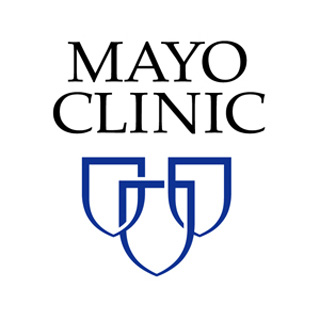Mild Hip Dysplasia
| Status: | Recruiting |
|---|---|
| Conditions: | Orthopedic |
| Therapuetic Areas: | Orthopedics / Podiatry |
| Healthy: | No |
| Age Range: | 18 - 45 |
| Updated: | 6/30/2018 |
| Start Date: | June 1, 2018 |
| End Date: | December 2022 |
Periacetabular Osteotomy Versus Arthroscopic Management of Mild Hip Dysplasia: A Randomized Clinical Trial
Hip dysplasia is a complex problem that exists on a spectrum from mild to severe disease.
Periacetabular osteotomy (PAO) remains the gold standard for most patients with dysplasia;
however, the procedure is quite invasive making the decision to proceed in cases of mild
disease difficult. Hip arthroscopy (HA) is an alternative minimally invasive technique that
can be used to address mild dysplasia. Nevertheless, HA has less capability for correction
and in rare instances can exacerbate instability in the dysplastic hip. There is a paucity of
data examining outcomes between these two treatment strategies for this challenging problem.
Periacetabular osteotomy (PAO) remains the gold standard for most patients with dysplasia;
however, the procedure is quite invasive making the decision to proceed in cases of mild
disease difficult. Hip arthroscopy (HA) is an alternative minimally invasive technique that
can be used to address mild dysplasia. Nevertheless, HA has less capability for correction
and in rare instances can exacerbate instability in the dysplastic hip. There is a paucity of
data examining outcomes between these two treatment strategies for this challenging problem.
The Bernese periacetabular osteotomy (PAO) remains the gold standard for treatment of
symptomatic developmental dysplasia of the hip (DDH) in most patients with closed triradiate
cartilage. First developed by Ganz in 1984, this technique utilizes 4 osteotomies to
completely mobilize the acetabular fragment 1. Although a technically demanding procedure, it
allows optimal correction in all planes and maintains integrity of the posterior column,
enabling early weight bearing and mobilization. Several groups have confirmed the long-term
efficacy of this joint preservation procedure with a recent report from the inventing
institution documented impressive survivorship up to 30 years after surgery 2. Treatment with
PAO is more controversial for mild forms of dysplasia where the lateral center-edge angle
(LCEA) is 18° - 25° and/or the Tӧnnis angle is 8° - 15°. In these patients the delta
correction is more limited, thus creating a more unpredictable result with equally invasive
surgery.
symptomatic developmental dysplasia of the hip (DDH) in most patients with closed triradiate
cartilage. First developed by Ganz in 1984, this technique utilizes 4 osteotomies to
completely mobilize the acetabular fragment 1. Although a technically demanding procedure, it
allows optimal correction in all planes and maintains integrity of the posterior column,
enabling early weight bearing and mobilization. Several groups have confirmed the long-term
efficacy of this joint preservation procedure with a recent report from the inventing
institution documented impressive survivorship up to 30 years after surgery 2. Treatment with
PAO is more controversial for mild forms of dysplasia where the lateral center-edge angle
(LCEA) is 18° - 25° and/or the Tӧnnis angle is 8° - 15°. In these patients the delta
correction is more limited, thus creating a more unpredictable result with equally invasive
surgery.
Inclusion Criteria:
- Diagnosis of symptomatic mild DDH
- Lateral center-edge angle 18° - 25° and/or Tӧnnis angle 8° - 15°
- Skeletally mature
- Age 18 - 45
- Tonnis Grade 0 or 1 osteoarthritis (minimal or no arthritis)
- Ability to receive a standard of care preoperative MRI arthrogram of the hip
Exclusion Criteria:
- Pregnant women
- Neurogenic dysplasia
- Legg-Calvé-Perthes disease
- Previous surgery about the hip including previous hip arthroscopy to address
intra-articular pathology
We found this trial at
1
site
200 First Street SW
Rochester, Minnesota 55905
Rochester, Minnesota 55905
507-284-2511

Principal Investigator: Rafael J Sierra
Phone: 507-538-3562
Mayo Clinic Rochester Mayo Clinic is a nonprofit worldwide leader in medical care, research and...
Click here to add this to my saved trials